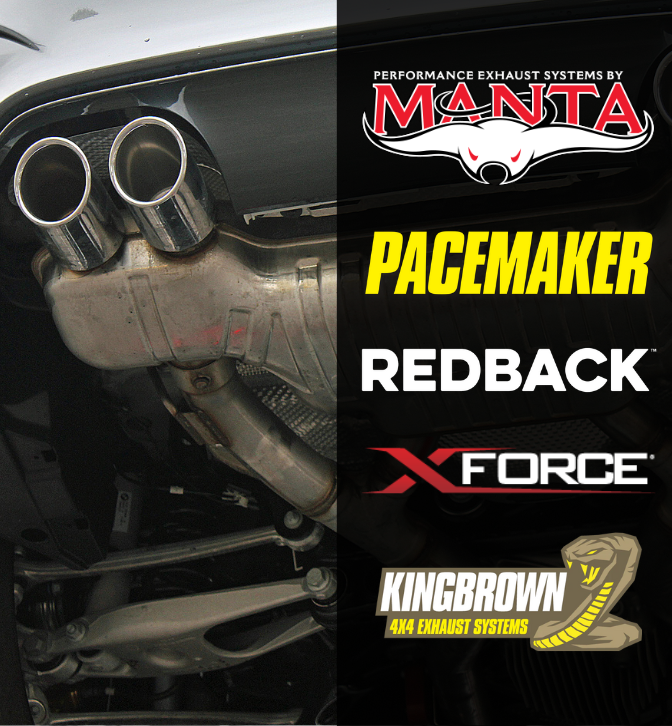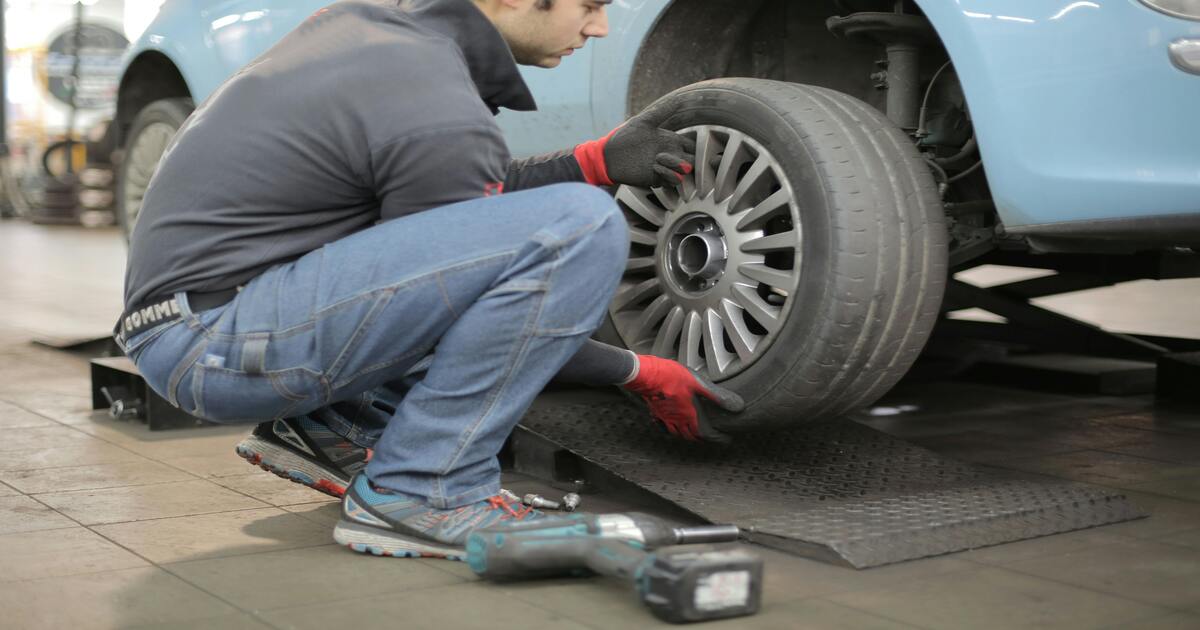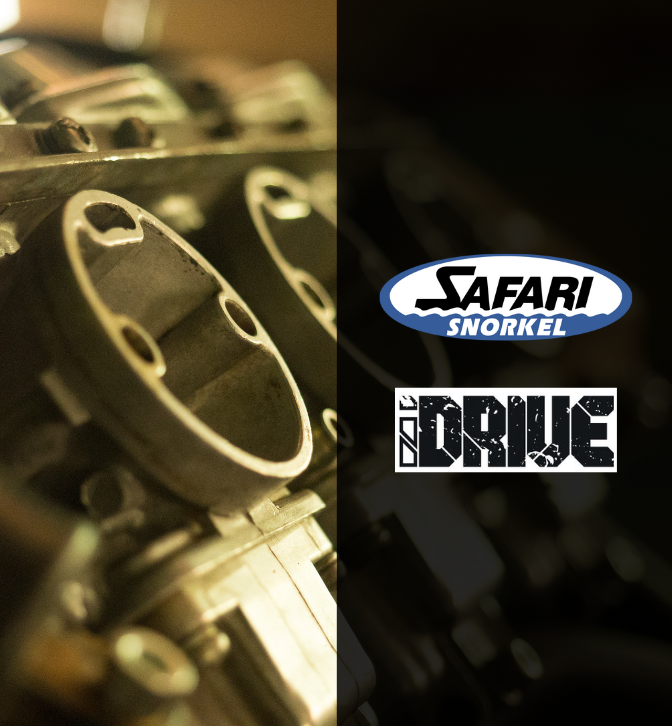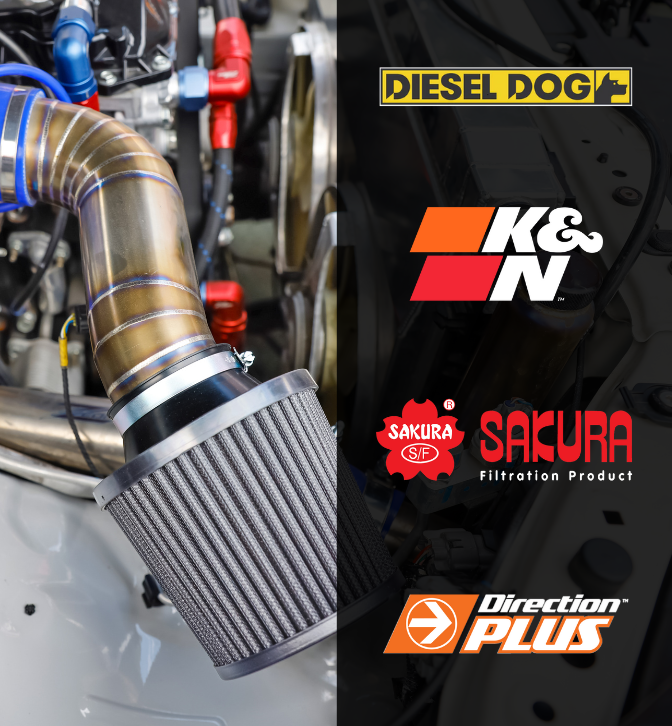-
Exhaust
- Back
- Exhaust
- Performance Exhaust Systems
- Standard Replacement Exhaust Systems
-
Exhaust Accessories
- Exhaust Bolts, Nuts & Studs
- Clamps
- Collectors
- Exhaust Reducers & Couplers
- Exhaust Tips
- Flange Plates
- Exhaust Flex Bellows
- Exhaust Brackets & Hanger Rods
- Gaskets
- Heat Tape
- Mandrel Bends
- O2 Sensors & Exhaust Temperature Sensor Accessories
- Paint
- Muffler & Exhaust Mounting Brackets
- Tube
- X & Y Pipes
- All Exhaust Accessories Products
- Catalytic Converters
- DPF Filters
- Extractors
- Universal Mufflers & Hotdog Mufflers
- All Exhaust Products

- Suspension
- Performance
- Towing
- Filters
- Truck
- Sale
- About Us
- Blog
- Contact Us
What is MacPherson Strut Suspension?
Date Posted: 3 September 2024

When it comes to vehicle suspension systems, the MacPherson strut is a popular choice known for its simplicity and effectiveness. In this article, we’ll explore the MacPherson strut in detail - its structure, how it works, variations, pros and cons, and the reasons for its widespread use. Whether you're a car enthusiast or simply looking to understand more about your vehicle's suspension, this guide will tell you all you wish to know.
The Structure of MacPherson Strut Suspension and Its Origin
MacPherson strut suspension is a simple yet highly effective system that has become one of the most widely used designs in modern vehicles. It was developed way back in the 1940s by Earle MacPherson, an American automotive engineer who worked at Ford when the MacPherson strut was patented. This suspension system was primarily designed to be compact and cost-effective.
The key components of a MacPherson strut include a strut assembly that integrates the coil spring and shock absorber into a single unit. This strut assembly connects to the vehicle’s body at the top and the wheel hub at the bottom. A single lower control arm links the wheel hub to the chassis, allowing for up-and-down movement while maintaining the wheel's alignment. This type of design simplifies the suspension setup and frees up space within the engine bay, which makes it ideal for everyday, front-wheel-drive vehicles.
How Does a MacPherson Strut Work?

As we’ve mentioned, the MacPherson strut works by integrating the coil spring and shock absorber into a single assembly. When the vehicle encounters bumps or uneven surfaces, the coil spring compresses to absorb the impact, while the shock absorber dampens the motion to prevent excessive bouncing. The strut assembly pivots at the top, allowing the wheel to move up and down while maintaining its alignment.
Some Variations of the MacPherson Strut
Over time, different variations of the MacPherson strut have been developed to deal with some of the shortcomings of the basic design. Some of the most popular are:
- Double Pivot Steering Knuckle: This variation splits the lower end of the strut assembly into two connection points on the steering knuckle, improving control at various angles. This design mimics the movement of a double wishbone suspension, providing better handling and reducing the limitations of the traditional MacPherson strut's steering axis.
- MacPherson Strut with Decomposed Arm: Here, the original lower control arm is replaced by two “I”-shaped control arms, each with a ball joint connecting to the steering knuckle. This double-joint configuration has improved flexibility and improves the suspension’s ability to handle different driving conditions while still maintaining the fundamental structure of the MacPherson strut system.
- Control Arms and Caster Arm: In this variation, one of the “I”-shaped control arms is attached to a caster arm, which is secured to the vehicle's frame. Adjusting the length of the caster arm allows for modifications to the caster angle, which gives a vehicle better directional stability and improves overall handling.
The Pros and Cons of a MacPherson Strut
Now that we know what MacPherson strut suspension is, how it works, and some of its variations, let’s get to the most practical aspects - the pros and cons.
One of the key advantages of MacPherson strut suspension is its space efficiency. In today's automotive world, where engine compartments are becoming more crowded due to increased safety features and consumer demands, the absence of an upper control arm frees up valuable space. This design allows for more compact engine bays, which is particularly beneficial for front-wheel-drive vehicles.
Another significant benefit is the lighter unsprung mass. With fewer components, the MacPherson strut is lighter, which improves handling and fuel efficiency. Additionally, the simplicity of its design means it’s more cost-effective to produce and maintain compared to more complex systems like double wishbone and multi-link suspension.
However, the MacPherson strut does have some downsides. Its design can lead to poor cornering performance, as the suspension tends to create positive camber during turns, reducing the tire's contact area with the road. This results in less grip and stability during aggressive cornering.
Moreover, the strut’s structure can cause instability during turning, as lateral forces may bend the shock absorber assembly. This bending can lead to a less stable and responsive ride, especially during sharp turns. In general, MacPherson strut suspension is not used for high-performance needs, such as offroad racing or drag. On the other hand, it is one of the most popular types of suspension for everyday driving.
Why Is It So Widely Used?

MacPherson struts are used in all types of cars, from regular family cars to BMWs and Porsches. That’s because this suspension system strikes a remarkable balance between performance, comfort, and cost. The primary job of any suspension system is to keep the tyres in close contact with the road, making sure that the vehicle can handle well and offer a comfortable ride.
MacPherson struts excel at this, providing handling and comfort that can rival more complex and expensive suspension systems like multi-link setups. Another key reason for its widespread use is its simplicity and space efficiency. This simplicity also translates to lower production costs, making it an attractive option for manufacturers looking to keep costs down without sacrificing too much on performance.
Moreover, the MacPherson strut is versatile, making it suitable for a wide range of vehicles, from compact cars to sports cars. Its ability to deliver a comfortable ride while maintaining solid handling characteristics has made it the go-to choice for around 80% of passenger vehicles on the road today. In short, the combination of cost-effectiveness, adequate performance, and design flexibility has cemented the MacPherson strut as a staple in the automotive industry.
Aftermarket Parts for Your Suspension System
While the MacPherson strut is a popular and practical choice, you can always make your suspension system better than what originally came out of the factory. At Perform-Ex Auto, we sell a wide range of aftermarket steering and suspension parts from the world’s leading automotive brands. You will find high-quality shock absorbers & struts, control arms, coil springs, and anything else you need to upgrade your suspension system.
All our parts are backed by a genuine warranty, and we promise the lowest prices available. If you find a lower price for any part we offer at another authorised Australian dealer, let us know, and we’ll match it. Place your order, and we’ll deliver your parts straight to your address. For any questions or assistance, feel free to reach out - we’ll get back to you promptly.
Leave a comment






